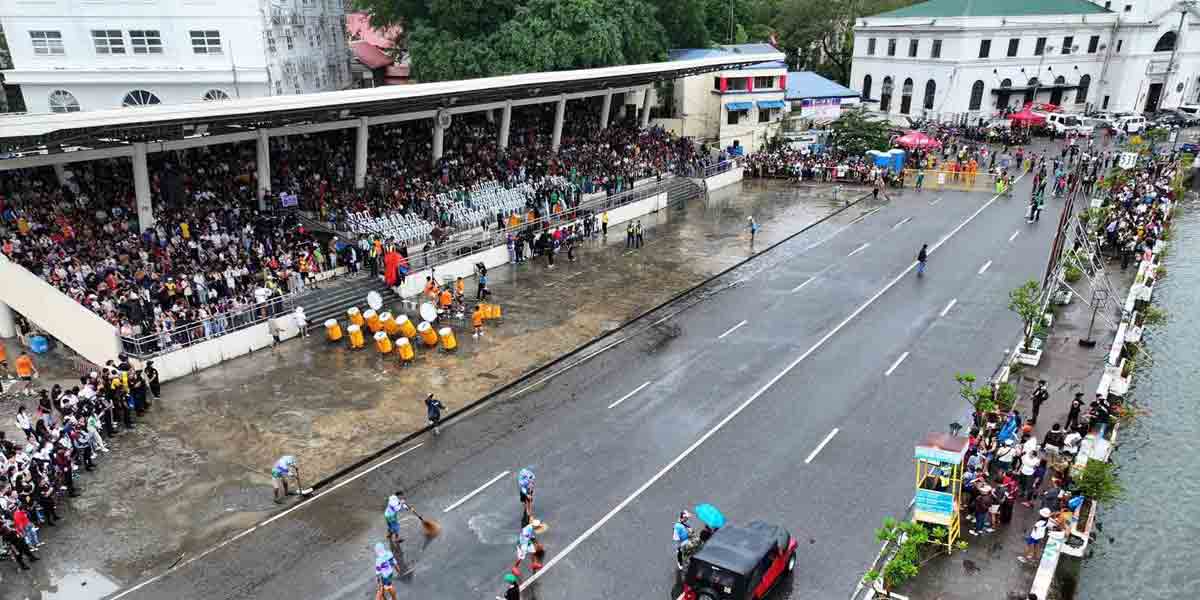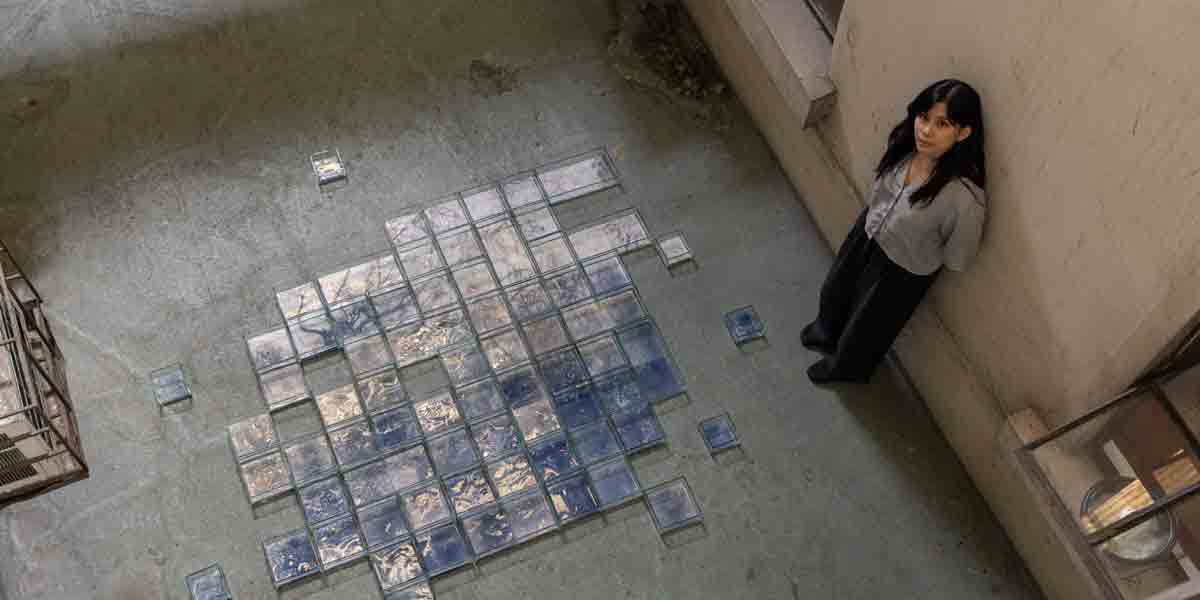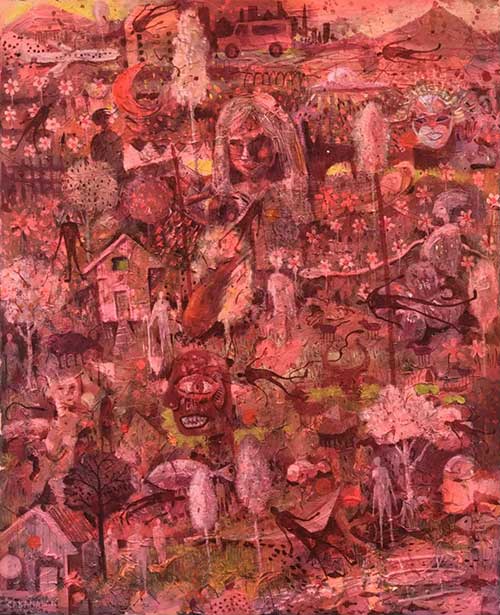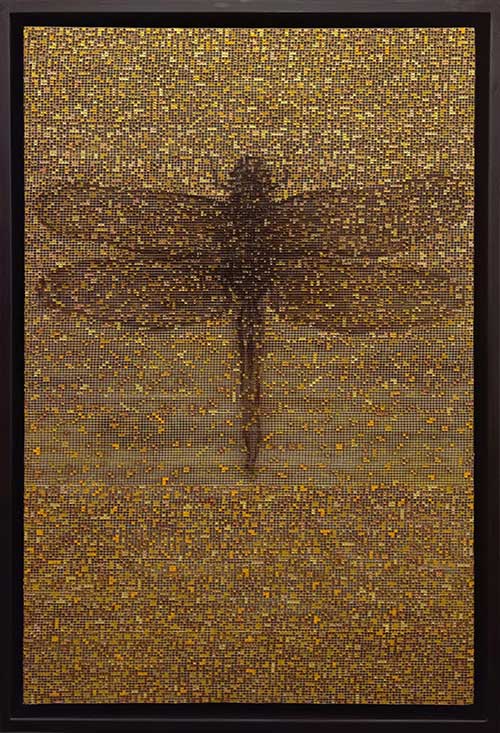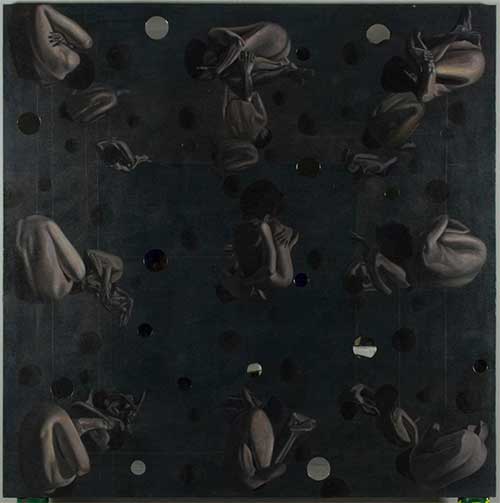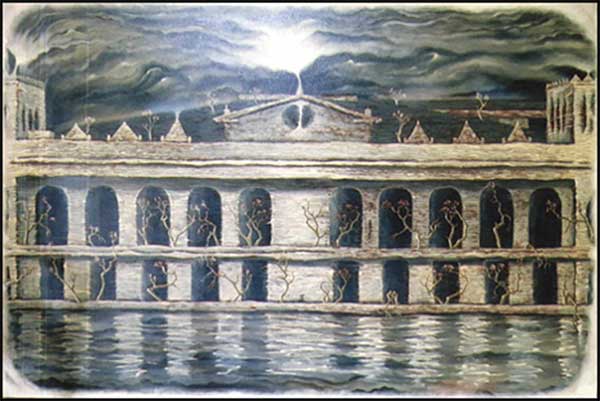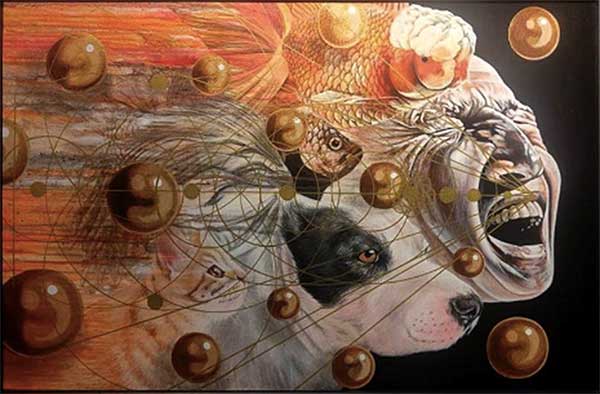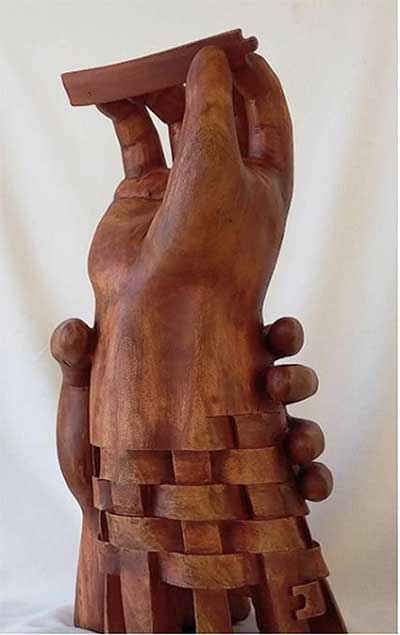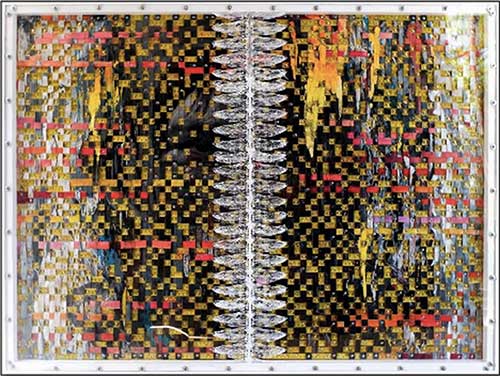By John Anthony S. Estolloso
Another exhibit of Ilonggo art, another aesthetic tour de force.
The evening of January 18 witnessed Museo Iloilo playing host to the vernissage of another iteration of Puersado. Featuring the artworks of 18 local artists, the sixth edition of the exhibit presented a rejuvenated spirit of Ilonggo art: more personal and daring in technical execution yet also deeply introspective and perceptive of what can be gleaned from the experiences of the contemporary Ilonggo and projected through the artists’ lens.
Significant to the exhibit was the query about what constitutes Ilonggo art now. After six editions showcasing the works of our local artists, can this artistic miscellany still deliver an aesthetic punch commensurate and appealing to the tastes of the times?
Quite so, the human condition offered a fertile field worthy enough to build upon a response to this inquiry. Take for instance, Arel Zambarrano’s ‘Risk-Taker’: it took the risk of putting together a curious assemblage of sundry materials aspiring as avant-garde portraiture. Allain Hablo’s minimalist ‘Imbes’ philosophically interrogated the creative process of making art: come to think of it, can accidents make art? Are there even accidents in art?
Delving deeper into this exploration of the human condition, contemplations about human identity took on varied interpretations in the exhibit. Marvin Dalisay’s ‘Let there be Light’ captured youthful countenances in various expressions, even as they are portrayed in monochrome (using soot on canvas!). The silent scream of Sabrec’s figure resonated its frustrations through the interspersed geometries bisecting its visage. Distorting the human face were portraits by Cezar Arro and Jyz Tilos: the paradox of disintegrated faces suggested the brokenness of identities yet also the many variables that build up and influence these, as if to reinforce – or simply force – the idea that man is a most complex kind of sapient animal.
Augmenting these interpretations of the human face was the portrayal of the human form – or at least, its fragments. Jason Delgado’s ‘I Am Everything’ set contorted human bodies in a dull, grayish background punctuated by opaque black circles; the fetal-bent figures seemed to figuratively assume a Nietzschean nihilistic dictum, that profound insights about ourselves are best kept in the shadowy coils of human life. In contrast, Joebert Gayoma’s canvases were bathed in pastel hues, the mixed media further mirroring the varied metaphorical shades that constitute our existence.
Dismembered limbs of the human corpus served to highlight some special or important narrative. Noel Elicana’s portrayal of an outstretched right arm, extended lengthwise in the frame and interspersed with maritime embellishments gave a glimpse of the travails that our fisherfolks face recurringly. Crossing from the visual to the sculptural, Jonas Mark Siva’s statuary and Richard de la Cruz’s quasi-relief depicted parts of the human body which resonated of individual roles played within our daily circles, whether occupational or social.
Of course, there was the ubiquitous stream of social and political observations making an appearance on the canvas: if art is meant to reflect the times, why glide over the sordid and the sinister? Yet, Puersado did not veer from this path. Who can miss the dreary, surreal portrayal of Malacañang in Rommel Garde’s ‘Once Upon a Time’ or the dismal potpourri of political faces on crumpled campaign posters in Joemel Mirabuena’s ‘As of Now’?
The viewer may consider the exhibit as a visual bildungsroman – as the wall-text puts it, ‘an aesthetic coming-of-age narrative [that doubles as] a commentary about the contemporary’. The many transformations saturating the Ilonggo in recent years have made themselves palpable in the artworks: the economics, the politics, the social issues, the existential crises, and the introspective questions, all in a hodgepodge of personal expression and reflection.
The wall-text was succinct about Puersado: ‘after so many past installments, [it] has not lost its meanings nor its attractions’. Reflecting and refracting the Ilonggo zeitgeist in its plethora of subjects, the exhibit – and Ilonggo art, for that matter – remain as an aesthetic tour de force to be reckoned with.
* * * * *
Puersado 2025 will be on exhibit at Museo Iloilo until March 18.
(The writer is the subject area coordinator for Social Studies in one of the private schools of the city. The photos are from Arel Zambarrano and Marvin Dalisay.)

